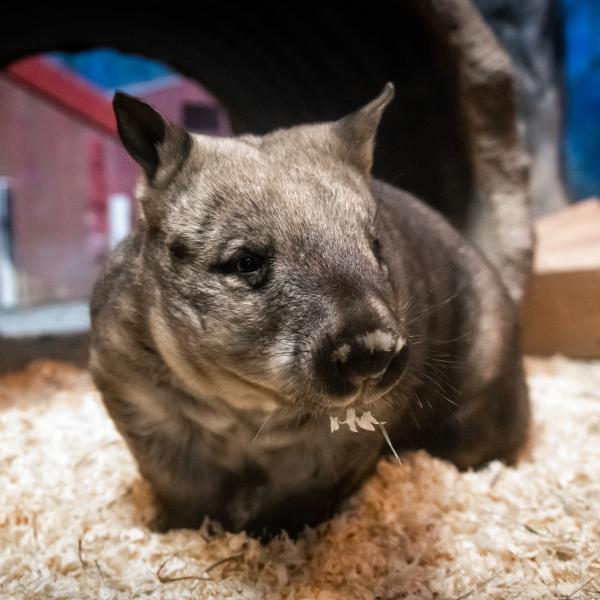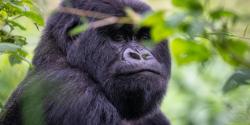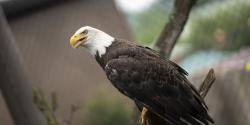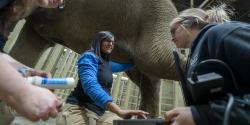The wombat is the largest burrowing mammal and is so skilled in this area that early European settlers referred to it as a "badger." However, its closest relative is the koala.
The southern hairy-nosed wombat is one of three species of wombat. It is slightly smaller and has more reddish fur than the other two species: the northern hairy-nosed wombat (Lasiorhinus krefftii) and the common wombat (Vombatus ursinus). Additionally, the southern hairy-nosed wombat has longer ears and a shorter, more pointed muzzle, which may feature white hairs around the nose.
Scientific Name: Lasiorhinus latifrons
Conservation Status: Least Concern
Size: 30 to 36 in. in length
Weight: 42 to 71 lbs.
Median Life Expectancy: Unknown









